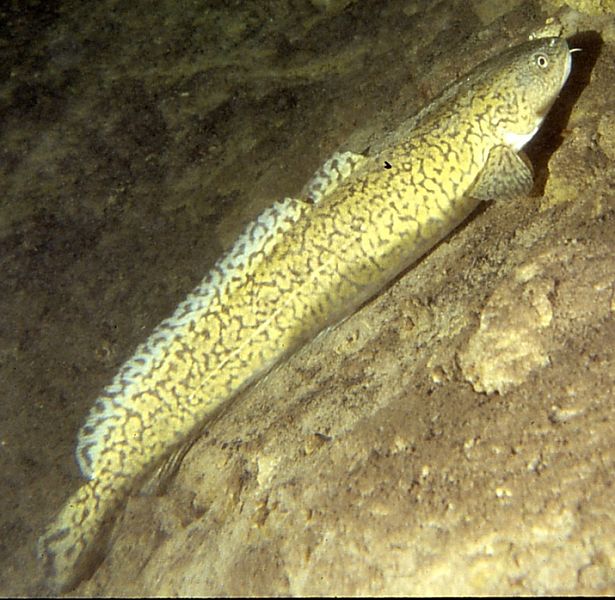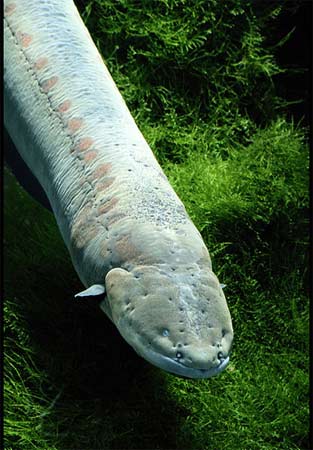
After a weekend of fishing with the guys, I figured it was only appropriate to write about an unique fish species. Today we are heading to freshwater lakes, above 40 degrees latitude, throughout North America and Europe. It is here that we will find the weird looking Burbot, which is also known as the Ling-Cod or what we were calling it this weekend, a plain ol’ Ling. Surprisingly enough, the Burbot is the only gadiform (cod-like fish) found in freshwater systems, so I guess that is one thing that makes this fish special. Keep reading to find out a few more things that set this fish apart from others.
What Kind of Fish is That?!?
The Burbot is a cold water fish that prefers lakes in the 15 degrees Celsius (59 degrees Fahrenheit) range, which is why you can usually find them at deeper depths during the summer months. I know I would never make it as a Ling since I would be heading to the beach to relax in the warm water. So how can you tell if the fish you just caught is a Burbot? Well, it is pretty easy since they have a very unique appearance. They have slim body with smooth (and slimy) skin to go along with their flat head. On this head, you will notice a couple of barbels, which is just those whisker-like filaments hanging off their chin. These barbels provide the Burbot with a sense of smell as well as touch. Finally, you will notice the large fin running along the back-end of the fish, which is a pretty distinctive feature that should help you identify your fish species.

Tasty but Not Targeted
Although the Burbot isn’t necessarily sought after by anglers, their meat is delicious and even nutritious (in moderation). Nonetheless, anglers don’t seem to be too keen on targeting this bizarre fish. I am still surprised that more people don’t fish for them since they taste like lobster and are often referred to as “the poor man’s lobster”. If you decide try your luck at catching a Burbot, remember to check your local fishing regulations. Most places will allow you to catch these fish since they have a fairly healthy population. This is probably due to the fact that nobody is angling them and they lay about 1 million eggs every winter, so they are quite productive.
The next time you catch an odd looking fish, check it out to see if it is a Burbot before screaming and quickly throwing it back. You just may get a delicious meal out of it.






